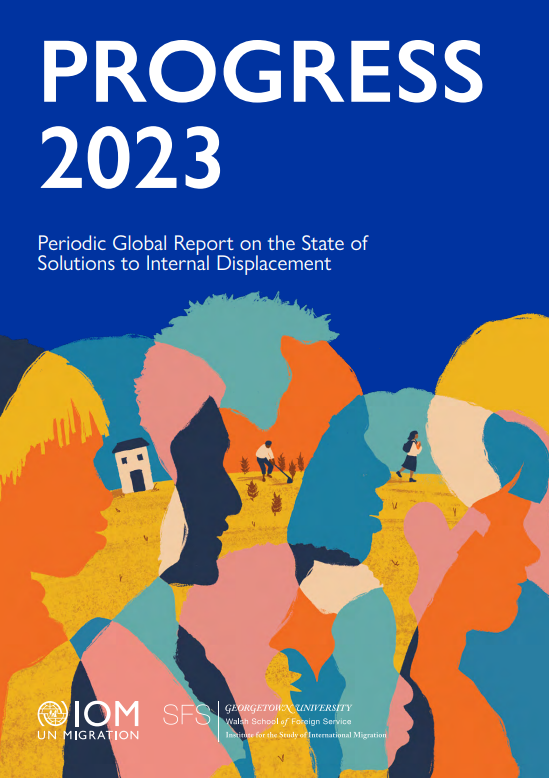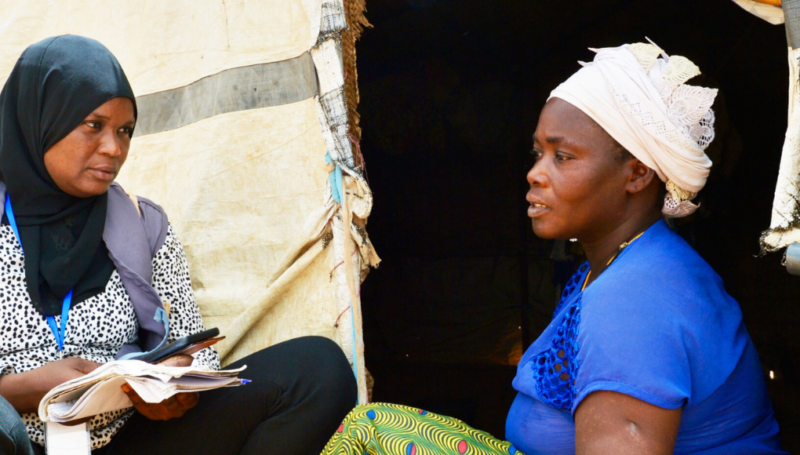Each year, REACH conducts Multi-Sector Needs Assessments (MSNAs) to support annual humanitarian response planning, through producing a reliable evidence base for decision-makers about the needs, vulnerabilities, and preferences of crisis-affected people. Many of the humanitarian crises where MSNAs are conducted are characterized by widespread internal displacement – as evidenced by the 70+ million internally displaced persons (IDPs) recorded globally. As such, understanding the dynamics of internal displacement, and the scope and severity of needs amongst IDPs, is essential for more effective, evidence-based policies and programmes to achieve lasting solutions to displacement.
In 2022, REACH facilitated 18 MSNAs in 17 countries. Read more about how some of our global partners used the data below.
| What are MSNAs | |
MSNAs are comprehensive nationwide surveys that cover all crisis-affected geographic areas and population groups to produce statistically generalizable data about the needs, vulnerabilities, and priorities of crisis-affected households. REACH launched its first MSNA in 2016, in response to the Grand Bargain’s Core Commitment #5 stating the need for “impartial, unbiased, comprehensive, context-sensitive, timely and up to date” joint needs assessments. | |
IOM’s PROGRESS initiative: How MSNA data fed into the first Periodic Global Report on the State of Solutions to Internal Displacement
The International Organisation for Migration’s (IOM) inaugural PROGRESS initiative analyses data, amplifies voices and experiences of IDPs, returnees and host communities, and asks new questions to find solutions to prolonged internal displacement.”
To support this exercise, REACH contributed data from our 2022 MSNAs, which were conducted across a range of internal displacement crises in sub-Saharan Africa, the Middle East and North Africa, Asia, Latin America and the Caribbean, and Europe. Here are the key takeaways we contributed to the report, on maximising the value of displacement data for decision-making:
- One of our learnings from conducting primary research in more than 30 countries over the past decade, is that data is available now – let’s use it. Whilst specific information gaps may remain (e.g. on civic and social rights, as mentioned above), a wealth of data has been collected in many internal displacement crises that can be used right now to inform policy planning and decision-making. REACH MSNAs are one example of statistically representative data, often disaggregated by displacement status, that can provide vital insights for durable solutions.
- Also, appropriate solutions require an understanding of both measurable living standards gaps and the stated aspirations of affected people. Evidence-based solutions require careful consideration of the severity of IDPs’ living conditions in locations of displacement and areas of return, relocation, or local integration. This kind of information should complement a context-specific understanding of movement intentions, perceptions regarding safety and security, and other barriers to return, reported directly by displaced people.
Supporting IDMC Severity Assessments: Assessing the severity of displacement conditions to unlock displacement insights
The Internal Displacement Monitoring Center (IDMC) also used 2022 MSNAs to conduct its 2023 Severity Assessments and create its resulting dashboard. Some of the findings from this assessment are understandably similar to the PROGRESS report, such as the disparities in livelihoods and housing challenges between IDP and host communities, or the higher proportion of internally displaced households facing risk of harassment, intimidation, or persecution than host households in all ten countries with data on these factors.
Other perspectives are also discussed, including the need for IDPs’ civic and social rights. Only one country had data on the ability to vote or participate in public affairs, making it difficult to determine whether IDPs experience any discrimination in exercising these rights. A higher proportion of IDPs were missing key identity documents in all 11 countries where data was available.
Looking ahead: How to strengthen evidence-based decision-making about internal displacement and solutions
The Action Agenda on Internal Displacement, and our work with IOM and the IDMC, have highlighted important questions about the role of data in promoting evidence-based and people-centred solutions to internal displacement. As a leading producer of data in crisis contexts, REACH continually reflects on how to maximize the value of displacement data for decision-making.
“In 2024, we aim to continue strengthening our cross-crisis understanding of displacement and needs to compare both within and across humanitarian contexts and better inform global policy. Based on MSNA data collected in 2023, we keep on developing our cross-crisis analysis framework to better understand the needs of populations affected by humanitarian crises. We will pursue our collaboration with various partners such as IDMC to promote the use of MSNA data for planning and prioritization.”
-Guillaume Noblet, Research & Development Lead, REACH Global Humanitarian Planning and Prioritization Unit
Check out IOM’s full report and the IDMC dashboard for more in-depth data and analysis.










